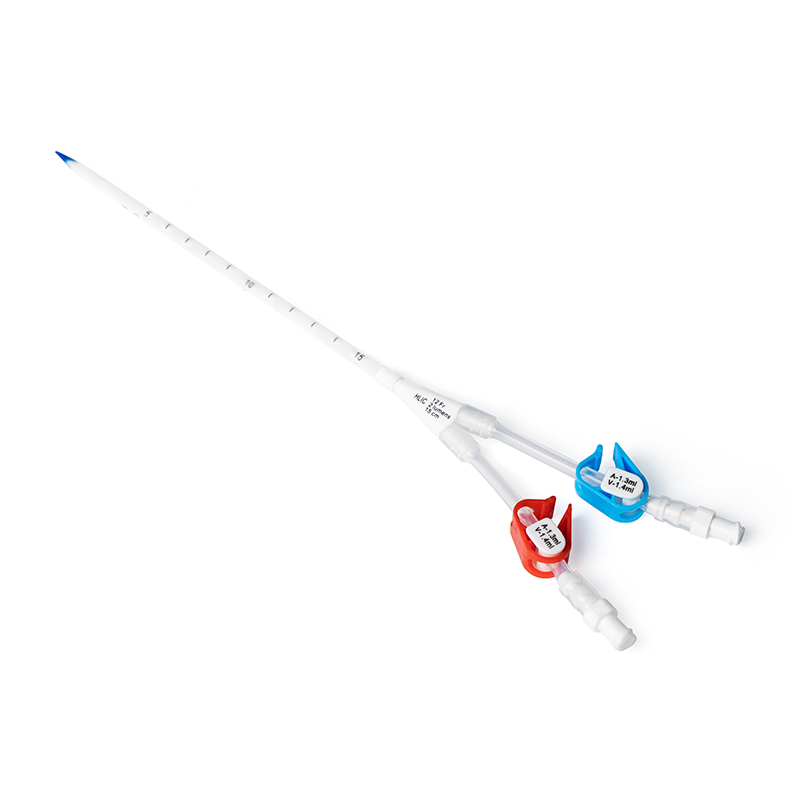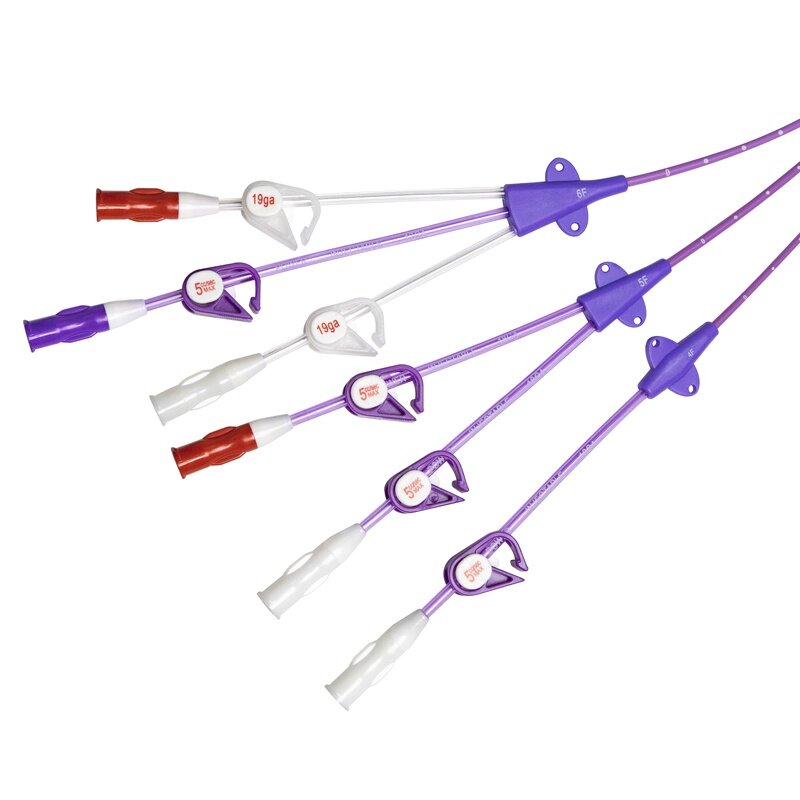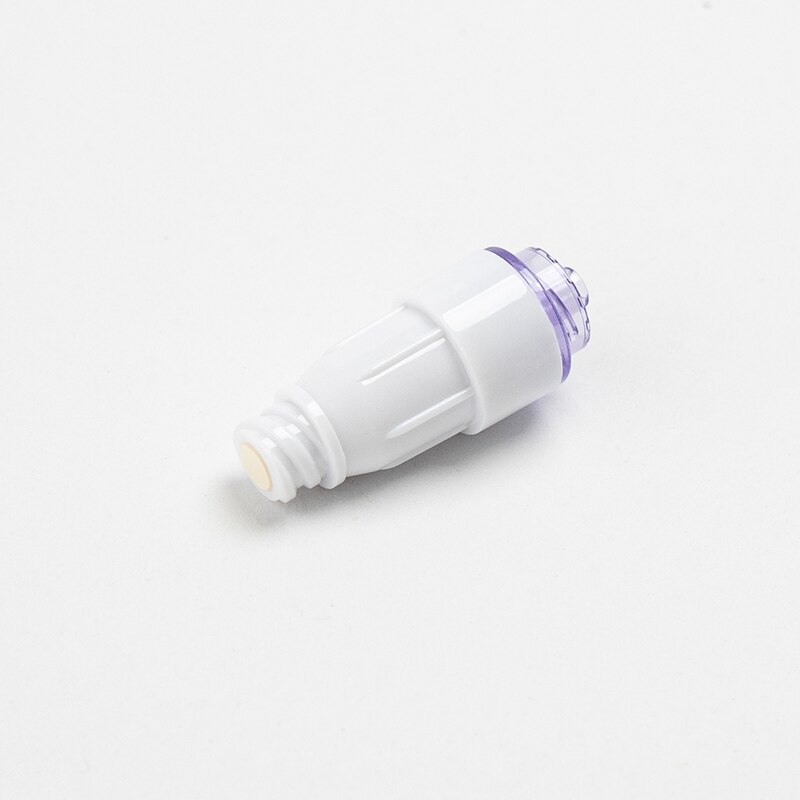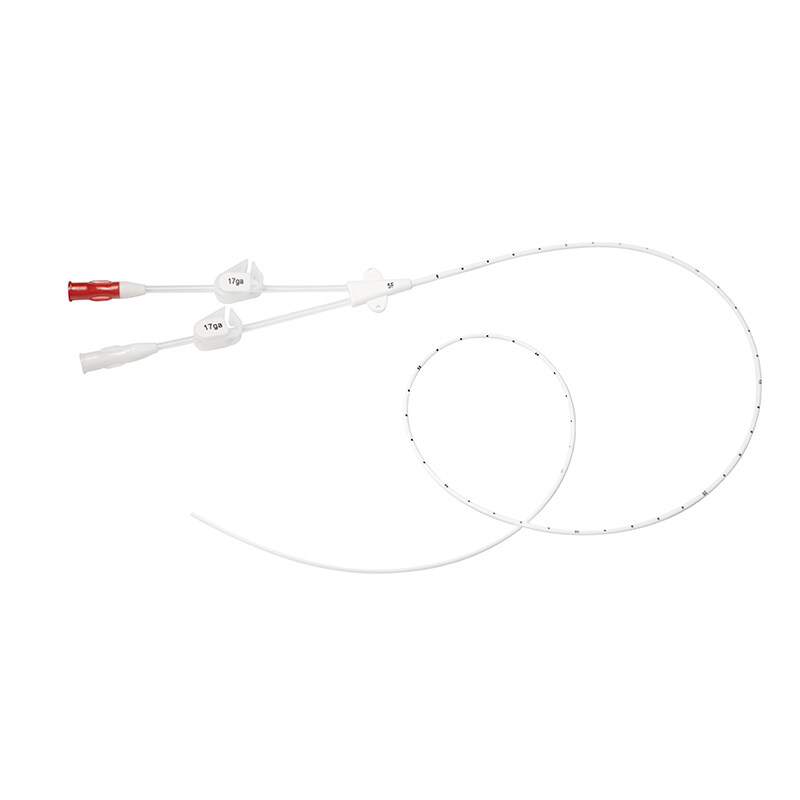In critical care, cardiovascular surgery, and emergency resuscitation settings, arterial access is essential for continuous invasive blood pressure monitoring and frequent arterial blood gas (ABG) sampling. Although low-cost conventional over-the-needle arterial cannulas (direct puncture technique) are still commonly used in China, growing clinical demand for procedural safety, hemodynamic monitoring accuracy, and improved patient prognosis has accelerated the recognition of the advantages of Seldinger-based arterial catheters (including guidewire-assisted systems), which are now strongly supported by robust evidence-based studies. This article provides an academic, structured comparison to highlight the clinical value of arterial catheters over traditional arterial cannulas and to support evidence-informed decision-making.
1. Fundamental Technical Differences
Before analyzing clinical benefits, it is crucial to clarify the underlying procedural differences, as these form the basis of the qualitative advancement offered by arterial catheter systems:
Conventional Arterial Cannula (Direct Puncture Technique):
Utilizes an “over-the-needle” design in which the catheter is advanced directly into the artery after puncture, relying heavily on the operator's tactile feedback without additional guidance tools. These devices are typically manufactured using polytetrafluoroethylene (PTFE/Teflon).
Arterial Catheter (Seldinger Technique):
Available in both Accelerated Seldinger (integrated) and Modified Seldinger (separate components) designs. The core technique requires a two-step sequence—arterial puncture, guidewire insertion, and catheter advancement over the guidewire. Catheters are commonly made from polyurethane (PU).
These inherent technical distinctions directly impact first-attempt success rate, complication incidence, and long-term intravascular performance and stability.
II. Evidence-Based Advantages: Four Key Clinical Benefits of Arterial Catheter Systems
1. Higher Procedural Success Rate, Especially in “Difficult Arterial Access” Scenarios
Success with conventional over-the-needle arterial cannulas relies heavily on palpable or visible arterial pulsation. In patients with hypotension, peripheral vasoconstriction (e.g., shock), or small-caliber arteries (e.g., females and pediatric patients), failure rates increase significantly. The guidewire-assisted design of arterial catheters effectively addresses the major drawback of the direct puncture technique—successful arterial entry but inability to advance the catheter.
Critically ill population:
In a study including 69 critically ill patients (BEARDS et al., Anaesthesia 1994), the failure rate of conventional arterial cannulation reached 24%, whereas the Seldinger-based technique reported only 7% (p < 0.001). Further analysis confirmed that the primary failure cause was “needle tip inside the artery but catheter unable to advance,” which the guidewire successfully overcomes by establishing a low-resistance pathway in small or spastic vessels.
Special populations:
Female patients: MANGAR et al. (Anesth Analg 1993) reported a failure rate of 57% with conventional cannulas versus 14% using guidewire-assisted systems (p < 0.001), attributed to smaller average radial artery diameter in females (15–20% smaller than males), making guidewire-assisted tracking more crucial.
Pediatric / neonatal patients:
In 100 pediatric cardiac surgery patients (YILDIRIM et al., J Cardiothorac Vasc Anesth 2006), the success rate using conventional cannulas was 76%, whereas the guidewire technique achieved 96%. Mean procedure time was significantly shorter (22 minutes vs. 7 minutes), and hematoma incidence was markedly higher in the conventional group (28% vs. 4%).
Novice-friendly:
Even inexperienced trainees benefit significantly from the Seldinger approach. APINYACHON et al. (J Med Assoc Thai 2022) found total success and first-attempt success rates of 90% and 66.7% in the guidewire group vs. 50% and 26.7% in the direct puncture group (p < 0.001), demonstrating reduced learning curve burden and fewer repeated punctures.
2. Longer In-Situ Dwell Time, Reducing Trauma and Repeat Cannulations
Conventional arterial cannulas, typically made of Teflon, are prone to occlusion and unintentional dislodgement during extended use, requiring frequent replacements. Polyurethane-based arterial catheters and dedicated fixation structures significantly prolong functional patency and minimize vascular injury associated with replacement procedures.
Occlusion rate:
In the same BEARDS study, occlusion occurred in 30% (17/56) of Teflon cannulas versus 12–14% with polyurethane arterial catheters (p < 0.01). Polyurethane offers superior biocompatibility, lower surface energy, and reduced thrombus formation risk, while Teflon’s rigidity predisposes to vasospasm and endothelial irritation.
Reduced accidental dislodgement:
Modern arterial catheter kits (Modified Seldinger sets) often include suture and suture-free fixation wings, enabling secure stabilization even without suturing. LORENTE et al. (Crit Care 2004) reported dislodgement rates of 6% with traditional cannulas versus <1% with arterial catheters—particularly valuable for agitated patients and inter-hospital transport.
Superior long-term patency:
Kaplan-Meier survival curves (BEARDS et al.) demonstrated >40% longer catheter dwell time with arterial catheters, reducing repeated puncture–related vascular depletion in critically ill patients.
3. Lower Complication Rates, Enhancing Overall Safety and Patient Comfort
Multiple punctures, vessel trauma, and suboptimal biomaterials associated with conventional cannulas increase the incidence of hematoma, thrombosis, vasospasm, and localized infection. The Seldinger-based technique inherently minimizes mechanical trauma and uses more favorable catheter materials.
Hematoma and vascular damage:
• Pediatric cohort: hematoma incidence 28% vs. 4% (p < 0.001), and requirement for contralateral cannulation was 12 vs. 2 cases (p < 0.004) in conventional vs. guidewire groups (YILDIRIM et al.).
• Adult cohort: MANGAR et al. reported arterial occlusion rates of 47% vs. 26% (p < 0.005), attributed to repeated puncture–induced endothelial injury leading to thrombogenesis.
No reported severe ischemic events:
Across all studies, no permanent ischemia was reported in arterial catheter groups; only one temporary blanching event occurred in a conventional cannula patient (FREZZA et al., Am Surg 1998), demonstrating the atraumatic benefit of guidewire-mediated navigation.
4. Higher Monitoring Accuracy, Ensuring Reliable Hemodynamic Decision-Making
The ultimate purpose of arterial access is precise, real-time blood pressure monitoring. Teflon cannulas are rigid and susceptible to motion-induced kinking, resulting in waveform damping and measurement inaccuracy. Polyurethane arterial catheters provide better dynamic response and central lumen positioning.
Superior waveform fidelity:
Polyurethane’s flexibility maintains catheter geometry despite patient movement and reduces “wall contact” artifacts. SAUGEL et al. (Crit Care 2020) emphasized that Teflon-based cannulas frequently result in overdamping (underestimated systolic, overestimated diastolic values), whereas arterial catheters maintain waveform accuracy within <5% deviation from true invasive arterial pressure.
More reliable arterial blood gas (ABG) sampling:
In a prospective trial with 150 surgical patients (SINGLA et al., Cureus 2024), ABG results from arterial catheters showed 98% correlation with laboratory reference values versus 92% in the conventional cannula group (p < 0.04), primarily due to catheter patency and reduced clot-related sample contamination.
III. Clinical Recommendations: When to Prioritize Arterial Catheters
Based on current evidence, arterial catheters should be prioritized to optimize procedural efficiency, monitoring accuracy, and patient safety in the following scenarios:
1. Critically ill patients requiring continuous invasive BP monitoring or frequent ABG sampling (e.g., shock, sepsis, MODS).
2. Special-risk populations: females, pediatric patients (<10 years), or those with compromised vascular access (e.g., diabetes, peripheral vascular disease).
3. High-complexity surgery requiring prolonged monitoring (>48 hours), such as cardiac, major vascular, or neurosurgical procedures.
4. Training environments with junior physicians or emergency residents to reduce procedural failures and vascular trauma.
Conclusion: Transitioning from “Cost-Driven” to “Value-Driven” Clinical Selection
The perceived cost advantage of conventional arterial cannulas overlooks hidden failure-related, complication-related, and patient-burden-related costs. Arterial catheter systems achieve superior outcomes through higher success rate, longer dwell time, and lower complication risk, reducing vascular resource consumption and hospitalization costs. As Chinese healthcare continues moving toward precision, safety, and outcome-based treatment, arterial catheters should be regarded not merely as an optional device, but the preferred standard of care in critical care, high-risk surgery, and special-population management. Future innovations will further enhance clinical performance and promote broader adoption to benefit healthcare providers and patients.
Reference:
【1】BEARDS SC, Doedens L, Jackson A, et al. A comparison of arterial lines and insertion techniques in critically ill patients[J]. Anaesthesia, 1994, 49(1):23-27.
【2】MANGAR D, McDonald J, Cook TM, et al. Arterial cannulation: a comparison of three techniques[J]. Anesth Analg, 1993, 77(4):771-774.
【3】YILDIRIM V, Ozkose Z, Turan A, et al. Direct versus guidewire-assisted pediatric radial artery cannulation technique[J]. J Cardiothorac Vasc Anesth, 2006, 20(3):354-357.
【4】APINYACHON P, Chaiprasert A, Phupong V. Comparison of effects of guidewire-assisted and direct arterial puncture technique on success rate of radial artery cannulation by inexperienced trainees[J]. J Med Assoc Thai, 2022, 105(Suppl 7):S191-S196.
【5】LORENTE L, Lecuona M, Jimenez A, et al. Risk factors for peripheral arterial catheter-related infection in critically ill patients[J]. Crit Care, 2004, 8(5):R314-R319.
【6】FREZZA EE, Berkowitz ID, Schwartz RB. Radial artery cannulation: a comparison of two techniques[J]. Am Surg, 1998, 64(7):662-664.
【7】SAUGEL B, Bein B, Teboul JL, et al. How to measure blood pressure using an arterial catheter: a systematic 5-step approach[J]. Crit Care, 2020, 24(1):1-7.
【8】SINGLA S, Sharma P, Singh A, et al. Comparative evaluation of three different techniques of radial artery cannulation: a prospective randomised study[J]. Cureus, 2024, 16(3):e48219.





